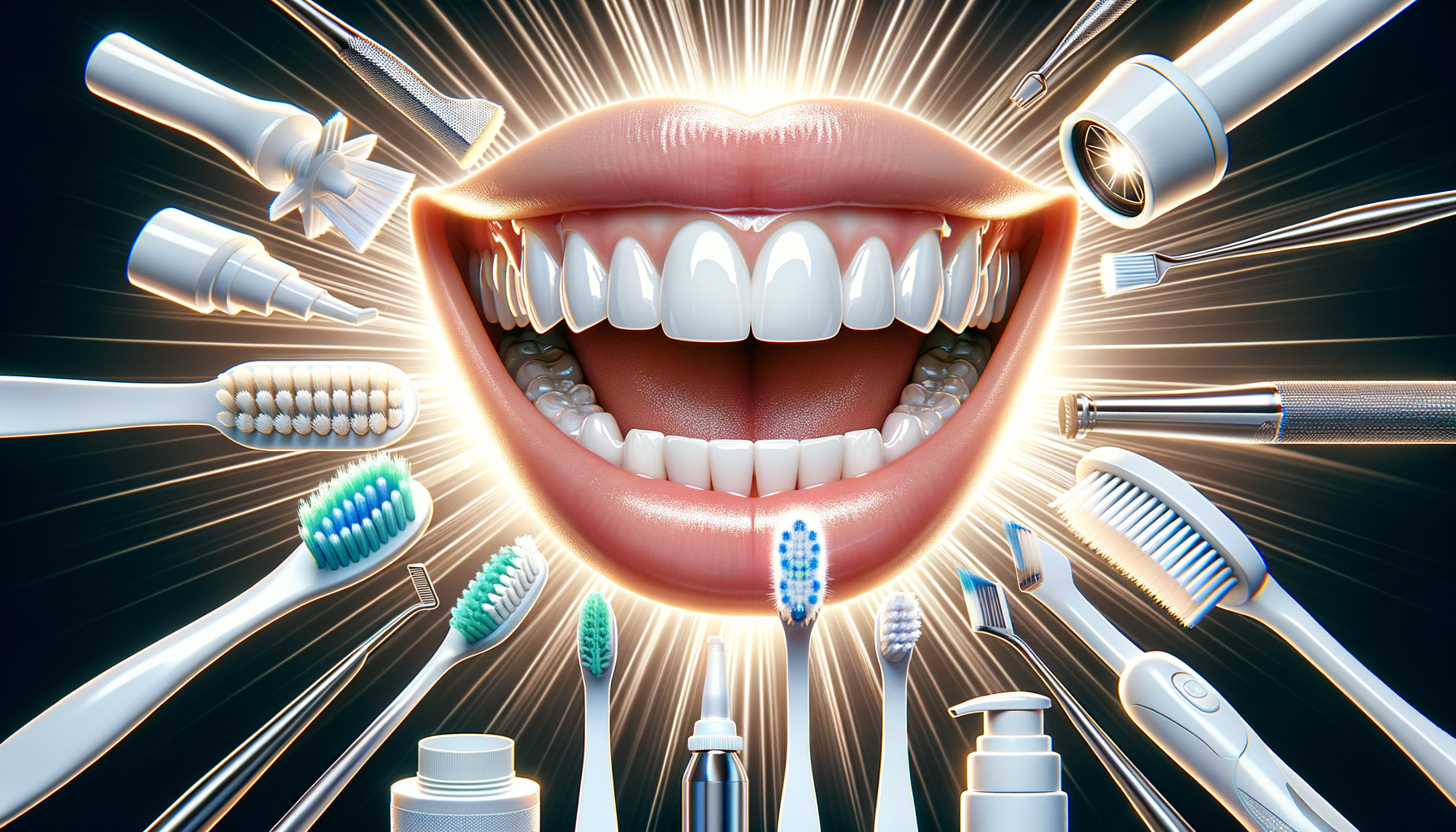Introduction to Teeth Whitening
In today’s world, a bright smile is often associated with health, confidence, and success. Teeth whitening has become a popular cosmetic procedure for those looking to enhance their appearance and boost their self-esteem. With a variety of methods available, understanding the nuances of teeth whitening can help individuals make informed decisions. This article delves into the different aspects of teeth whitening, highlighting its benefits and considerations.
Methods of Teeth Whitening
Teeth whitening can be achieved through several methods, each with its own advantages and limitations. The most common techniques include:
- In-Office Whitening: Conducted by dental professionals, this method uses high-concentration bleaching agents to provide quick and effective results. It’s ideal for those seeking immediate improvement.
- At-Home Whitening Kits: These kits, often recommended by dentists, include custom-fitted trays and bleaching gels. They offer a balance between convenience and effectiveness.
- Over-the-Counter Products: Widely available, these include whitening strips, toothpaste, and mouth rinses. While more affordable, they typically offer less dramatic results compared to professional treatments.
The choice of method depends on factors such as budget, time constraints, and the desired level of whitening.
Benefits of Teeth Whitening
Teeth whitening offers numerous benefits beyond the aesthetic appeal. Some of the key advantages include:
- Enhanced Appearance: A whiter smile can significantly improve one’s facial aesthetics, leading to a more youthful and vibrant look.
- Boosted Confidence: Many individuals report increased self-esteem following whitening procedures, feeling more confident in social and professional interactions.
- Motivation for Better Oral Hygiene: After investing in teeth whitening, individuals are often more motivated to maintain good oral hygiene habits to preserve their results.
While the benefits are compelling, it’s essential to weigh them against potential drawbacks and personal circumstances.
Considerations and Potential Risks
Before embarking on a teeth whitening journey, it’s crucial to consider several factors:
- Sensitivity: Some individuals may experience increased tooth sensitivity following whitening treatments, particularly with high-concentration bleaching agents.
- Gum Irritation: Improper application of whitening products can lead to gum irritation and discomfort.
- Effectiveness on Different Stains: Whitening is most effective on extrinsic stains caused by food, drink, and smoking. Intrinsic stains, which occur within the tooth, may require alternative treatments.
Consulting with a dental professional can help mitigate risks and tailor the whitening process to individual needs.
Conclusion: Achieving a Brighter Smile
Teeth whitening can be a transformative experience, offering both aesthetic and psychological benefits. By understanding the various methods, benefits, and considerations, individuals can make informed choices that align with their personal goals and oral health needs. Whether opting for professional treatments or at-home solutions, achieving a brighter smile is within reach for those who approach the process with knowledge and care.



Leave a Reply